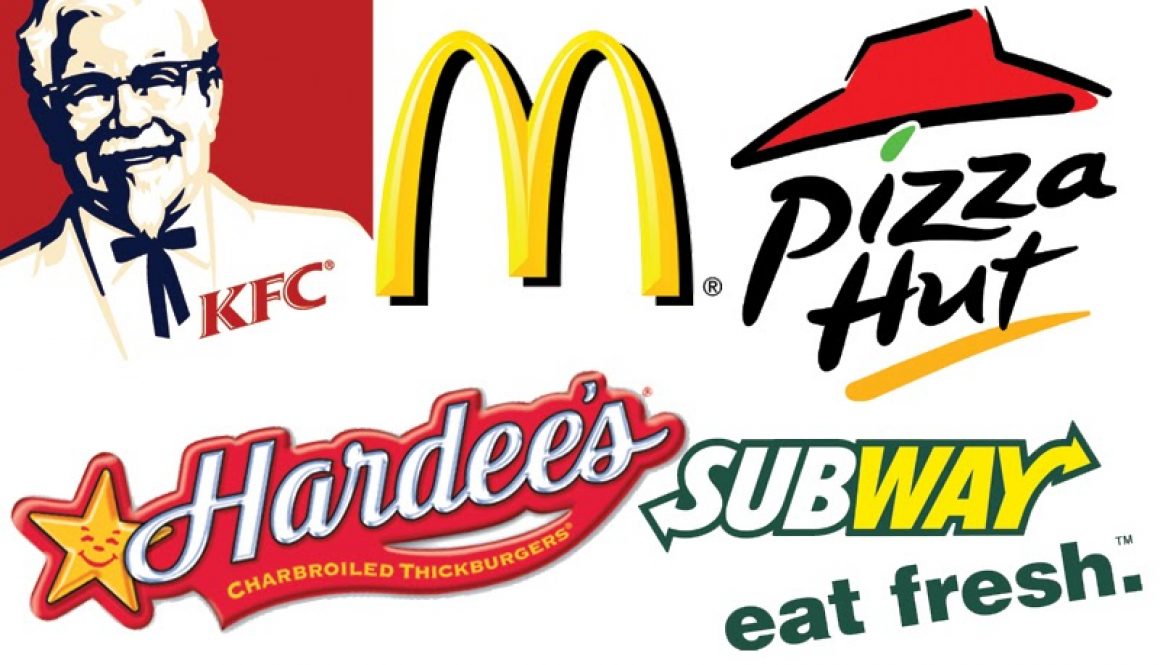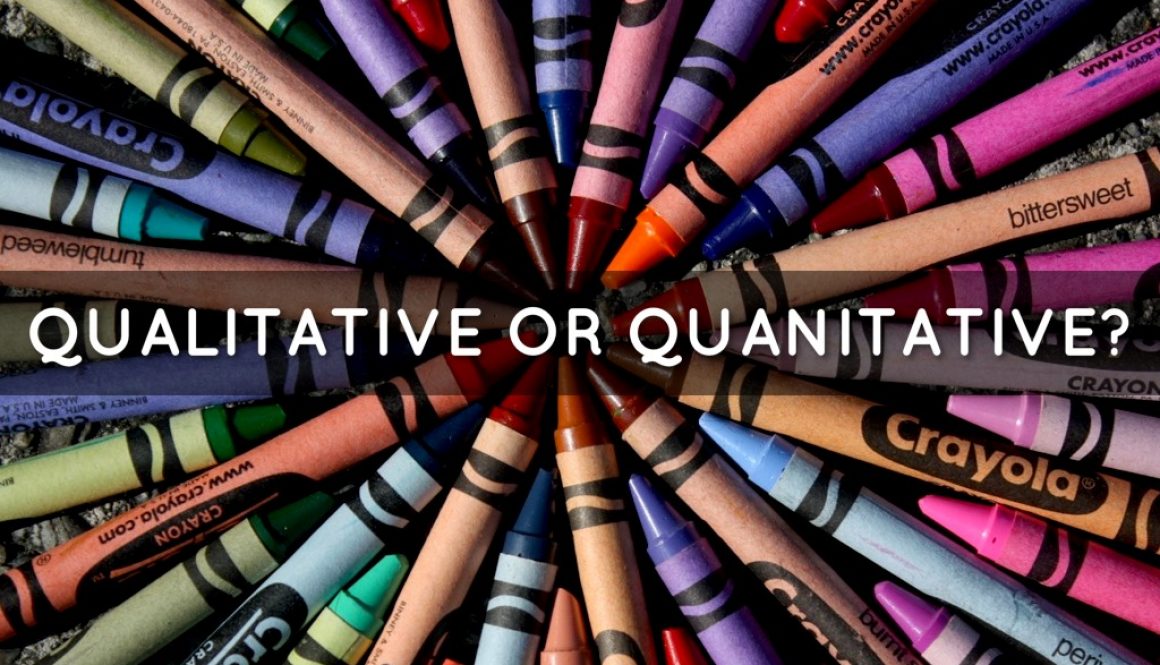
January 2020


Are those really your customers?

As a business owner or manager, an essential part of your marketing efforts is to know who your customers are. Depending on the type of store you might have, you will encounter different types of customers. Knowing your buyer, however, can give you an advantage when making important decisions and can even be a determining factor between a successful or failed business.
A vital part of this process is being able to segment your audience in order to determine which is your base clientele. To do this, you must first analyze any and all factors that determine who these people are. For example, geographics plays an important role in determining who visits your store. How far is your potential client and how far are they willing to travel in order to get there? Socio-economics is also an influential factor; are your products or services affordable, or are you considering quality over price? In addition, demographics are something you might consider; if you own an ice cream parlor, you might encounter a younger crowd. Even psychographics is a determining factor. For example, if your store sells organic fruit smoothies you will most likely have a more “fit” customer base, and if you sell burgers you might expect the opposite. For more information, check out this article (Links to an external site.) by Laura Lake as she dives deeper into market segmentation for small businesses.
Whatever the determining factors they might be, once you have found out who your customers are, your marketing efforts become much clearer. This way, you might want to focus your advertising efforts on the right crowd rather than spending away dollars and never reap the benefits of your campaigns.
Nicolas Carozza
Marketing expert specialized in small business food services.

Marketing communication modes to reach more clients:

For your business to thrive, it is essential that you understand how to properly communicate with your potential clients. If you want more people walking in through your doors you must be able to reach them in the correct manner. However, the question you might ask yourself is, “what is the most effective manner to reach out to them?” Allow me to share with you some insight into the different communication modes you might want to take into consideration when reaching out to your audiences.
Advertising is the most common form you can reach new people. Digital media and social media channels are an effective way you can do so. If you are not using these to advertise your business yet, you should consider allocating money to do so. You can also keep in mind more traditional channels, such as print. Local billboards, magazines, or even radio, can help promote your store as well.
If you are already advertising, you might also consider some sales promotions as well. An example of this would be giving out samples of a new product to people passing by your store. Coupons and discounts are also helpful to boost sales and can apply for both new and existing customers. These short-term promotions are an excellent way to temporarily increase customer reach.
Keep in mind these are only two methods you can use. Check out this article by Steffani Cameron further explaining and going deeper into the various methods of marketing communication you can apply for your business. Remember, marketing communication is an essential part of any successful company. it’s impossible to acquire a new client if that person does not know your business exists.
Nicolas Carozza
Marketing expert specialized in small business food services.

Quantitative and Qualitative. Which type of data is more reliable?

As a business owner or manager, you are always trying to acquire new clients. Getting people through the door and into your business can be complicated. However, properly analyzing and decoding your data can offer you a competitive advantage and make your establishment grow. But the question is: which type of data is more reliable?”
Keep in mind that we there are two types of data: Quantitative and Qualitative. Quantitative refers to numbers. Anything that can be counted and measured would fall into this category. “How many customers did I have this week?”, “what were my sales?”, “at what time of the day do I receive the most customers?”. These are all questions you might ask yourself often and refer to this type of countable data. Smart tip: The more data you collect, the better off you are. Try and keep records of all type of quantitative data you might come across, this will make your business decisions much simpler. By having ample information collected, you can decide for example if a menu item that isn’t selling much should be removed, or if you should add an extra employee for certain times of the day, or certain days of the week for that matter.
Hidden between those numbers and statistics, however, lies another type of data that might be more challenging to analyze. Qualitative data refers to all that other information cannot be counted our measured. This data requires you to get into your customers’ minds and analyze what they are thinking and feeling. Although tricky at times, it is crucial that you take all of you clients into account and determine what their mindset it. This way, you have a clearer understanding of your customers’ wants and needs and cater to those needs appropriately.
A clever business owner or manager understands the importance of the two types of data. Both quantitative and qualitative are just as important and neither one of the two should be overlooked. Remember, the more data collected and analyzed, the higher the chances of making an intelligent business decision.
Nicolas Carozza
Marketing expert specialized in small business food services.

Walk in your client’s shoes

As a small business owner or manager, one must understand how your client chooses you over the competition, and what questions they might ask after they have visited your business. Understanding the buying decision process is crucial to determine why your customers decided to walk through your restaurant doors, or not.
It all begins with a desire or need, in this case for food. If the customer is alone for example, they would develop an internal stimulus in order to search for something to eat. If with another person that might be suggesting some food, that other companion would be an external stimulus. No matter whose stomach might growl, the search for a place to eat begins. Then, your customer(s) would decide what local business they will visit. This is when you as a local business want to stand out. Your customer at that time will begin looking for information. In this case, local places to eat. Hopefully, they would already know of your place, hence you be an internal source for them. If not, an external source such as your Yelp reviews would lead them to your place. Keep in mind that during this process they will also be evaluating other places to eat. With a bit of luck, at this point, they have decided to give you a visit and walk into your establishment. They would purchase a meal and evaluate their purchase shortly after, deciding whether to go back to your establishment, or even refer you to another person.
It is important for you as a small business owner or manager to analyze the
buyer’s decision process in order to modify your business plan accordingly.
Being able to walk in your client’s shoes will give you the ability to understand how and why they decided to visit you and what areas you might be able to improve upon.
Nicolas Carozza
Marketing expert specialized in small business food services.

